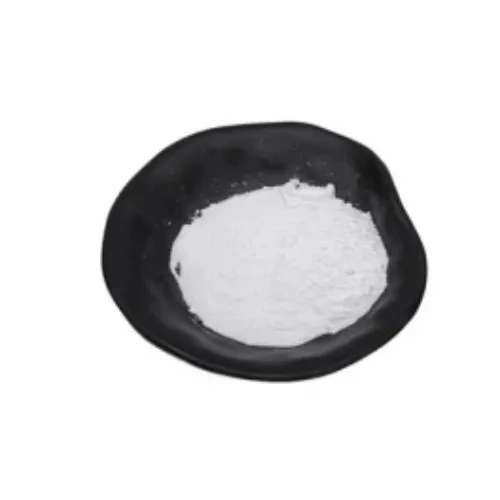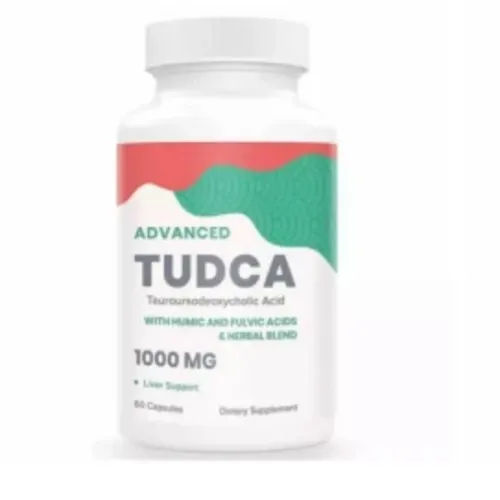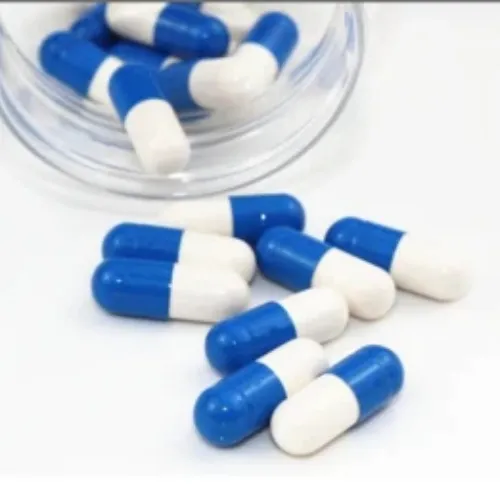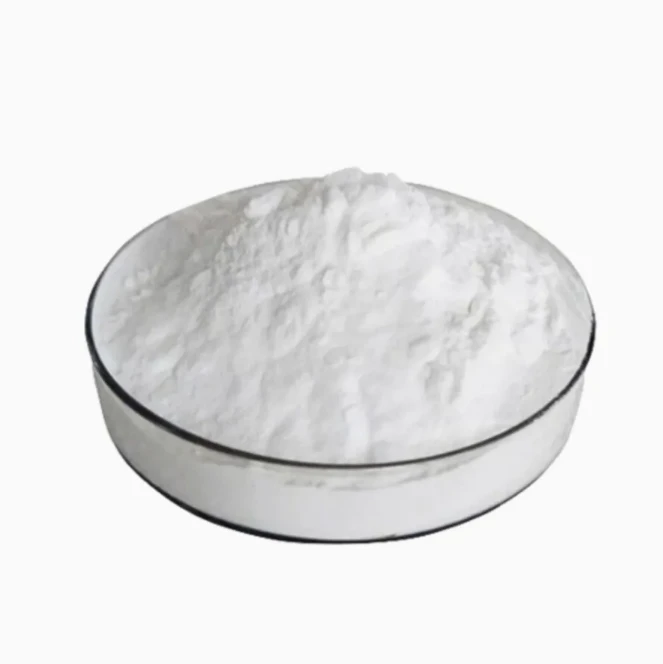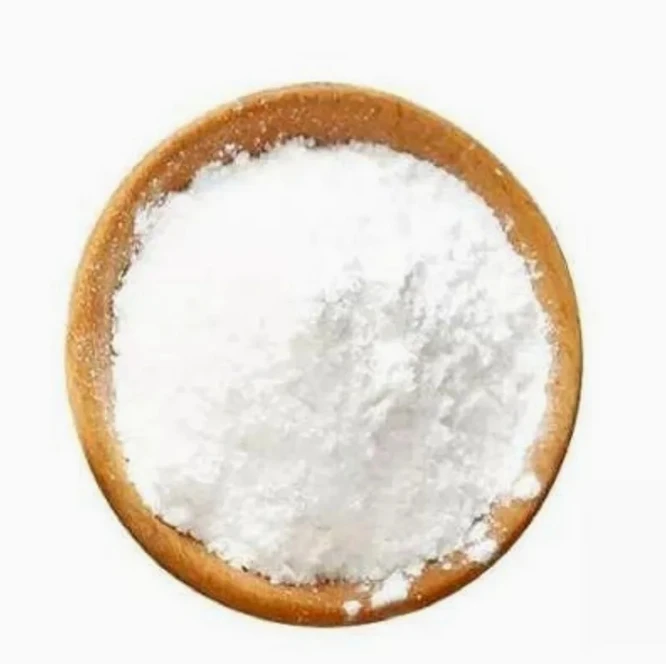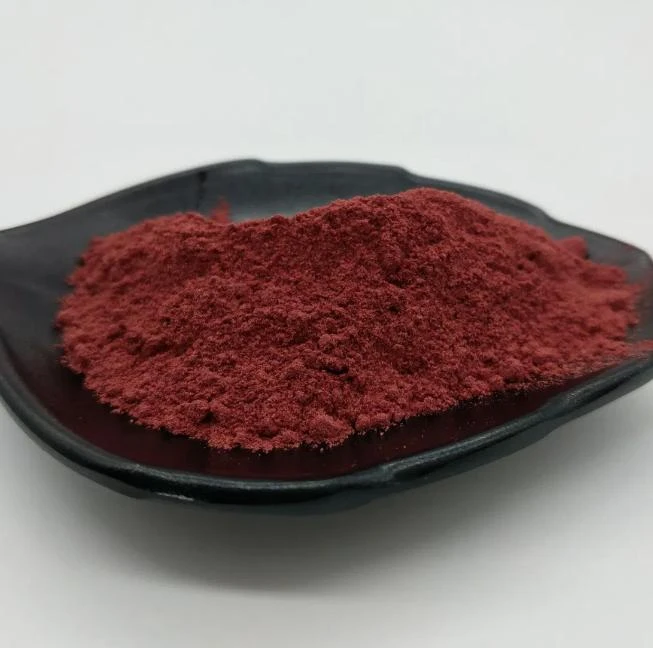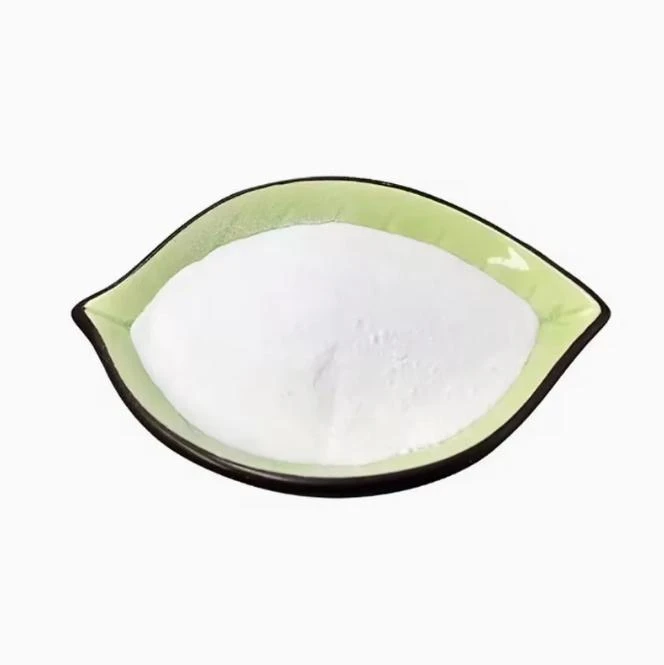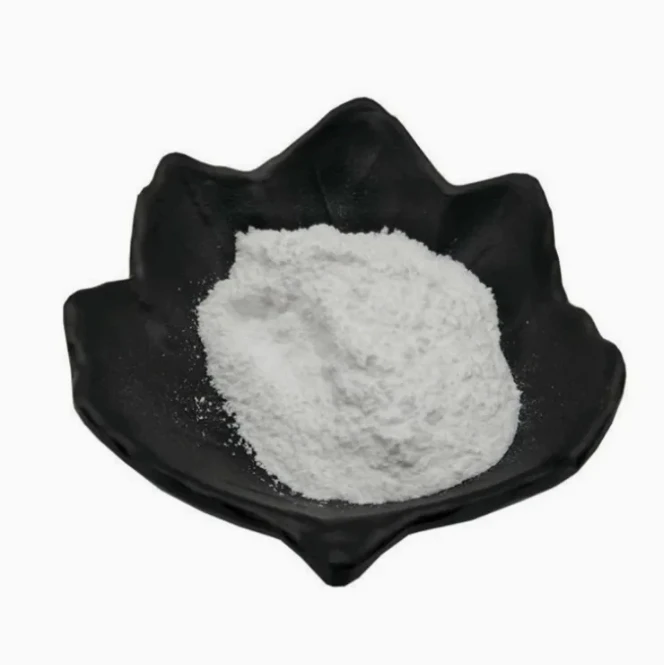 Imeeli: sale@hebeidisha.com
Imeeli: sale@hebeidisha.com
 Tẹli: +86 13315186550
Tẹli: +86 13315186550
- Afirika
- Ede Albania
- Amharic
- Larubawa
- Ara Armenia
- Azerbaijan
- Basque
- Belarusian
- Ede Bengali
- Ede Bosnia
- Bulgarian
- Catalan
- Cebuano
- China
- China (Taiwan)
- Corsican
- Ede Croatian
- Czech
- Danish
- Dutch
- English
- Esperanto
- Estonia
- Finnish
- Faranse
- Frisia
- Galician
- Georgian
- Jẹmánì
- Giriki
- Gujarati
- Haitian Creole
- hausa
- ara ilu Hawaiani
- Heberu
- Bẹẹkọ
- Miao
- Ede Hungarian
- Icelandic
- igbo
- Ede Indonesian
- Irish
- Itali
- Japanese
- Javanese
- Kannada
- Kasakh
- Khmer
- Ede Rwandan
- Korean
- Kurdish
- Kirgisi
- TB
- Latin
- Latvia
- Lithuania
- Luxembourgish
- Macedonian
- Malgashi
- Malay
- Malayalam
- Èdè Malta
- Maori
- Marathi
- Mongolian
- Mianma
- Nepali
- Norwegian
- Norwegian
- Occitan
- Pashto
- Persian
- Polish
- Portuguese
- Punjabi
- Romanian
- Russian
- Samoan
- Scotland Gaelic
- Ede Serbia
- English
- Shona
- Sindhi
- Sinhala
- Slovakia
- Slovenia
- Somali
- Ede Sipeeni
- Ede Sundan
- Swahili
- Swedish
- Tagalog
- Tajik
- Tamil
- Tatar
- Telugu
- Thai
- Tọki
- Turkmen
- Ukrainian
- Urdu
- Uighur
- Uzbekisi
- Vietnamese
- Welsh
- Egba Mi O
- Yiddish
- Yoruba
- Zulu
Tauroursodeoxycholic Acid
Tauroursodeoxycholic acid (TUDCA) is an ambiphilic bile acid. It is the taurine conjugate form of ursodeoxycholic acid (UDCA). Humans are found to have trace amounts of TUDCA. Ongoing research is finding TUDCA has diminishing apoptotic effects, with potential application in heart disease, Huntington's disease, Parkinson's disease, amyotrophic lateral sclerosis and stroke. Recently, TUDCA has been found to have protective effects in the eye, especially concerning retinal degenerative disorders.
Ifihan ọja
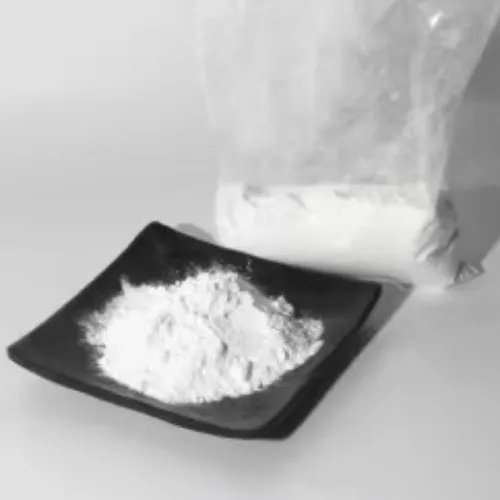
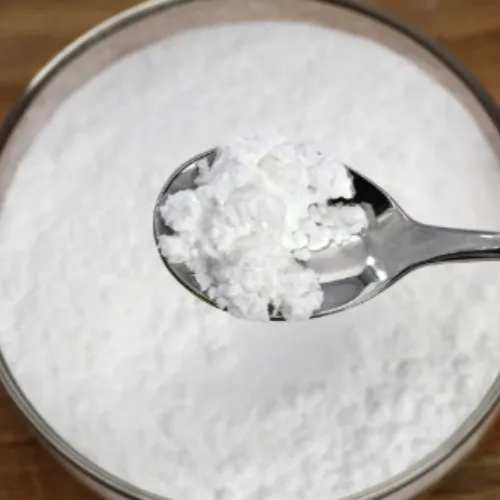
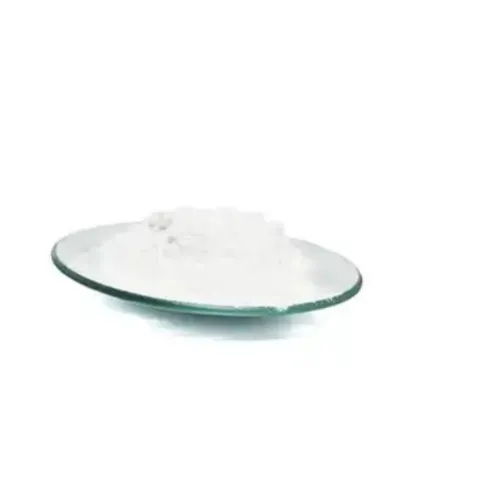
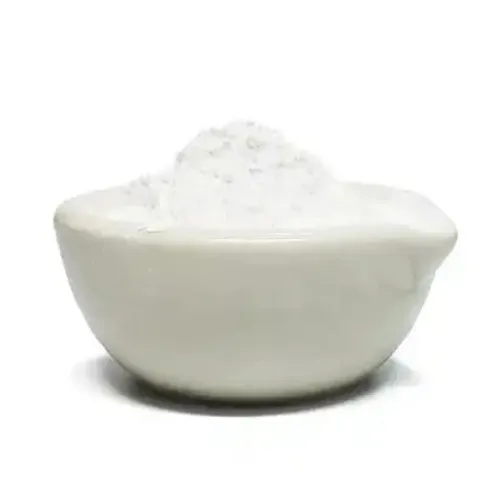
1.Product name: TUDCA
2.Purity: 99%
3.Appearance: White or off-white crystalline powder
4.CAS No.: 14605-22-2
5.Molecular formula:C26H45NO6S
6.Test Method: HPLC
7.Introduction:
Tauroursodeoxycholic Acid (TUDCA) is a liver aid. It looks like a good resource for preventing cholestasis, one of the major risks with 17 alkylated steroids.
Tauroursodeoxycholic Acid (TUDCA) is an ambiphilic bile acid. It is the taurine conjugate form of ursodeoxycholic acid (UDCA). Humans are found to have trace amounts of TUDCA. However, bears contain large amounts of TUDCA in their bile.
TUDCA has diminishing apoptotic effects, helping with cardiac function, Huntington's disease, Parkinson's Disease, and stroke. Recently, TUDCA has been found to have protective effects in the eye, especially concerning retinal degenerative disorders.
- TUDCA is mainly used in patients with sterol gallstones, cholestatic liver diseases (e.g.: primary biliary cirrhosis), bile reflux gastritis, autoimmune hepatitis (AIH), primary biliary cirrhosis (PBC), primary sclerosing cholangitis (PSC), chronic hepatitis (hepatitis B and C, etc.), alcoholic fatty liver disease, non-alcoholic fatty liver disease, drug-induced liver damage, pre - and post liver transplantation prophylaxisChemotherapy complications, and so on.
TUDCA is mainly used in a variety of neurodegenerative diseases, such as Alzheimer's disease, Parkinson's disease and Huntington's disease, it can be used as a mitochondrial stabilizer and anti apoptosis agent.
3. TUDCA can be used as lipase accelerant, anion remover, protein dissolver and bacterial culture medium.
A ni ọpọlọpọ awọn ile-iṣelọpọ giga-giga pẹlu ifowosowopo jinlẹ, eyiti o le fun ọ ni awọn ọja to gaju ati awọn idiyele ifigagbaga. Ati pe a tun le fun awọn ẹdinwo fun awọn rira olopobobo.Ati pe a ṣe ifọwọsowọpọ pẹlu ọpọlọpọ awọn ile-iṣẹ gbigbe ẹru ẹru ọjọgbọn, le fi awọn ọja ranṣẹ lailewu ati laisiyonu si ọwọ rẹ. Akoko ifijiṣẹ jẹ nipa awọn ọjọ 3-20 lẹhin ijẹrisi isanwo.
|
Items |
Awọn ajohunše |
Esi |
|
Physical Analysis |
||
|
Description |
White Powder | Ibamu |
|
Ayẹwo |
99% | Ibamu |
|
Mesh Size |
100 % pass 80 mesh | Ibamu |
|
Eeru |
≤ 5.0% | 2.85% |
|
Pipadanu lori Gbigbe |
≤ 5.0% | 2.65% |
|
Chemical Analysis |
||
|
Heavy Metal |
≤ 10.0 mg/kg |
Ibamu |
|
Pb |
≤ 2.0 mg/kg |
Ibamu |
|
Bi |
≤ 1.0 mg/kg | Ibamu |
|
Hg |
≤ 0.1mg/kg | Ibamu |
|
Microbiological Analysis |
||
|
Residue of Pesticide |
Odi | Odi |
|
Apapọ Awo kika |
≤ 1000cfu/g | Ibamu |
|
Yeast&Mold |
≤ 100cfu/g | Ibamu |
|
E.coil |
Odi |
Odi |
|
Salmonella |
Odi |
Odi |
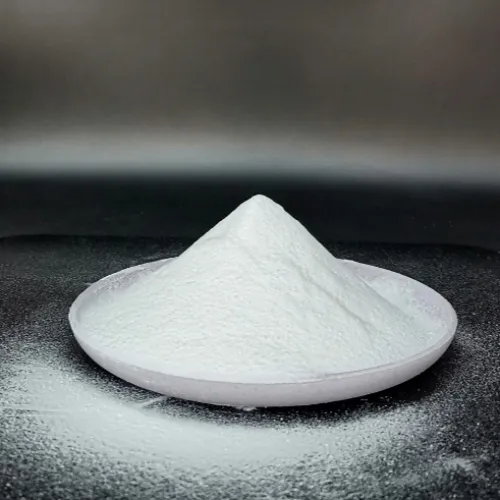
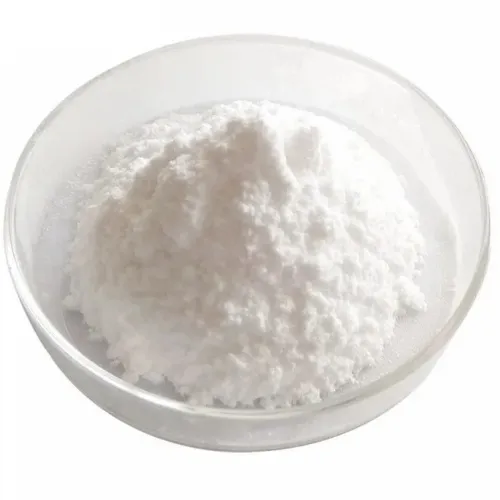
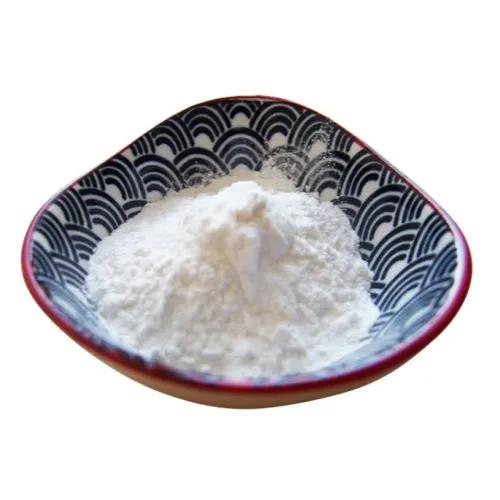
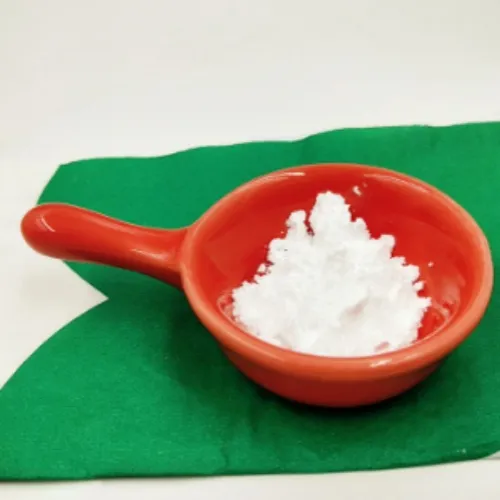
Taurodeoxycholic acid is a bile salt formed in the liver by conjugation of deoxycholate with taurine, usually as the sodium salt. Bile acids are steroid acids found predominantly in the bile of mammals. The distinction between different bile acids is minute, depending only on the presence or absence of hydroxyl groups on positions 3, 7, and 12. Bile acids are physiological detergents that facilitate excretion, absorption, and transport of fats and sterols in the intestine and liver. Bile acids are also steroidal amphipathic molecules derived from the catabolism of cholesterol. They modulate bile flow and lipid secretion, are essential for the absorption of dietary fats and vitamins, and have been implicated in the regulation of all the key enzymes involved in cholesterol homeostasis. Bile acids recirculate through the liver, bile ducts, small intestine and portal vein to form an enterohepatic circuit. They exist as anions at physiological pH and, consequently, require a carrier for transport across the membranes of the enterohepatic tissues. The unique detergent properties of bile acids are essential for the digestion and intestinal absorption of hydrophobic nutrients. Bile acids have potent toxic properties (e.g. membrane disruption) and there are a plethora of mechanisms to limit their accumulation in blood and tissues Taurodeoxycholic acid can be found in Escherichia
Awọn ẹka ọja
